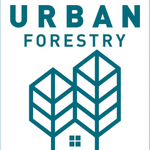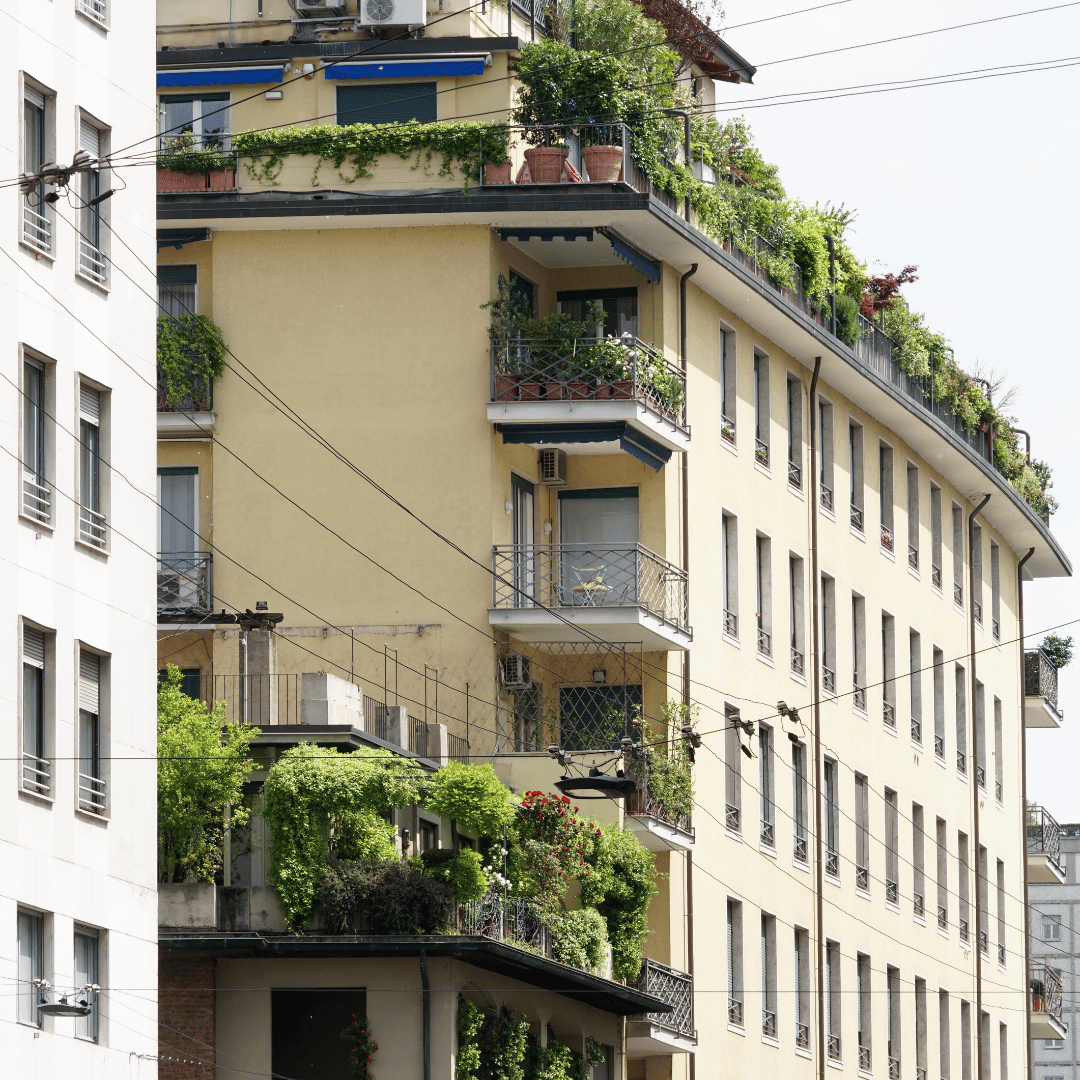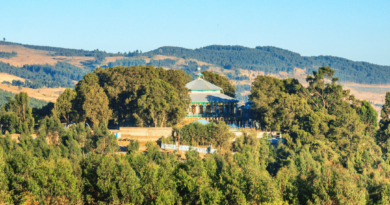Introduction to Green Roofs and Vertical Gardens as a Form of Urban Forestry in Kenya
Urban forestry is an important aspect of sustainable urban development, as it helps to improve the quality of the urban environment, reduce the urban heat island effect, and improve the overall well-being of residents. One of the most innovative and effective ways of incorporating urban forestry into urban areas is through the use of green roofs and vertical gardens.
In Kenya, the use of green roofs and vertical gardens as a form of urban forestry is still in its infancy, but it has the potential to become a major component of sustainable urban development. Green roofs and vertical gardens can be used to improve the quality of the urban environment, reduce the urban heat island effect, and improve the overall well-being of residents. In addition, they can also be used to improve water quality and reduce stormwater runoff.
Green roofs are layers of vegetation planted on top of a flat or low-sloping roof. They can be extensive, using low-growing plants, or intensive, using a more diverse range of plants. Green roofs can be used to improve the thermal insulation of buildings, reduce the urban heat island effect, and improve the overall well-being of residents by providing a green space for them to enjoy.
Vertical gardens, also known as green walls, are walls that are covered in vegetation. They can be used to improve the thermal insulation of buildings, reduce the urban heat island effect, and improve the overall well-being of residents by providing a green space for them to enjoy.
Both green roofs and vertical gardens can be used in combination with other forms of urban forestry, such as street trees, parks, and community gardens, to create a more sustainable and livable urban environment.
In conclusion, the use of green roofs and vertical gardens as a form of urban forestry in Kenya has the potential to make a significant contribution to sustainable urban development. These innovative technologies can be used to improve the quality of the urban environment, reduce the urban heat island effect, and improve the overall well-being of residents.
References:
-
Kang, S., & Chen, Y. (2019). Green roofs and walls: A review of the benefits, challenges, and future directions. Journal of Cleaner Production, 210, 763-778.
-
Kibert, C. J. (2016). Sustainable construction: Green building design and delivery. John Wiley & Sons.
-
Li, Y., & Gu, Y. (2018). Green roofs and green walls in urban areas: A review of their benefits and challenges. Journal of Environmental Management, 212, 466-478.
-
Ng, E. S. W., & Tan, S. L. (2019). Urban greening in tropical cities: A review of green roofs and walls in Southeast Asia. Journal of Cleaner Production, 210, 779-793.
-
Wang, D., & Chen, X. (2019). Green roofs and walls in China: Current status, challenges, and opportunities. Journal of Cleaner Production, 210, 794-809.




